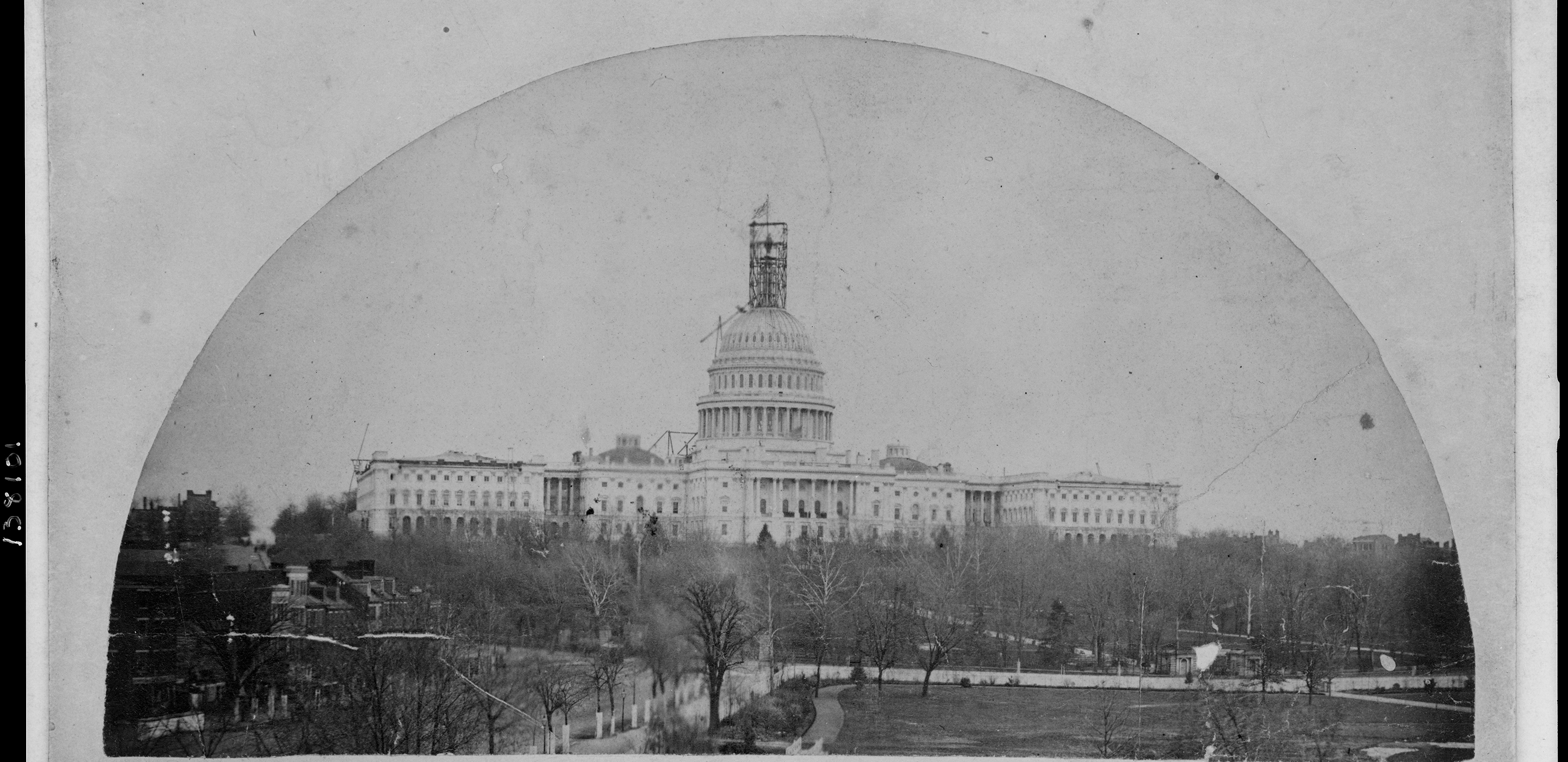Explore the significance of the lame duck presidency, its origins, and historical examples of bold decisions made by outgoing U.S. presidents.
What Is a Lame Duck Presidency? A Deep Dive Into Its Political Impact and Historical Examples
The term "lame duck presidency" often sparks curiosity and debate. It’s a phrase that carries both historical weight and contemporary relevance, especially when a sitting U.S. president approaches the final stretch of their term. While it might sound like a phrase from wildlife studies, its political implications are far-reaching.
In this article, we’ll unpack what a lame duck presidency is, explore its origins, and dive into key historical examples of significant decisions made during this unique period in governance.
What Is a Lame Duck Presidency?
A lame duck presidency refers to the final phase of a U.S. president's tenure when their successor has already been elected, or the president is nearing the end of their second term. This period is often marked by limited political influence and waning power, as attention shifts to the incoming administration.
The term “lame duck” originated in 18th-century London stock markets to describe traders who failed to pay off their debts. It was later adopted in U.S. politics to describe officials with diminished effectiveness as they approach the end of their term.
Why Does It Matter in Politics?
While a president may appear to lack influence during the lame duck period, the reality is far more nuanced. A sitting president retains executive authority until the final moment of their term, allowing for consequential decisions to be made.
This transitional period can serve two main purposes:
- Legacy Building: Presidents may pass executive orders or finalize agreements to solidify their political legacy.
- Strategic Moves: Presidents may enact policies or decisions that limit the incoming administration's options, a tactic often viewed as politically motivated.
Notable Examples of Lame Duck Decisions in History
Presidents throughout U.S. history have wielded their executive power during the lame duck period, often leading to controversial outcomes. Let’s explore some notable examples:
- John Tyler and the Annexation of Texas (1845)Tyler pushed through a resolution to annex Texas into the Union during his final days, despite opposition. This move significantly shaped U.S. expansion.
- James Buchanan’s Inaction (1861)As the Southern states began seceding from the Union, Buchanan refrained from taking decisive action, leaving the looming Civil War for Abraham Lincoln to handle.
- George H.W. Bush and the Somalia Deployment (1992)Before leaving office, Bush sent 28,000 U.S. troops to Somalia under the guise of a humanitarian mission, creating challenges for incoming President Bill Clinton.
- Bill Clinton’s Pardons (2001)On his final day in office, Clinton issued 140 pardons, including a controversial pardon for financier Marc Rich, which drew criticism for perceived favoritism.
- Joe Biden and the Ukraine Missile Decision (2024)In a surprising move, President Biden authorized Ukraine to use U.S.-supplied long-range missiles against Russian targets. The timing raised eyebrows, as it came just weeks before Biden's exit from office, leaving potential geopolitical repercussions for his successor.
The Role of Legacy and Strategy in a Lame Duck Presidency
Presidents facing the lame duck period often juggle competing priorities:
- Strengthening Their Legacy: Ensuring that their term is remembered positively through landmark decisions.
- Tying the Hands of Successors: Imposing policies or actions that may create strategic constraints for the incoming administration.
Both approaches are inherently risky, as they can either enhance or tarnish a president's reputation.
Do Lame Ducks Lack Power?
Contrary to popular belief, lame duck presidents are far from powerless. The U.S. Constitution ensures that a president’s executive authority remains intact until the final moment of their term. Key powers include:
- Issuing executive orders.
- Vetoing legislation.
- Making appointments to federal positions.
- Acting as Commander-in-Chief.
This authority enables lame duck presidents to make bold moves, even in their waning days.
FAQ Section
Q1: What does "lame duck" mean in politics?A lame duck refers to an official, such as a president, who is nearing the end of their term and whose successor has already been elected.
Q2: Why is the lame duck period significant?It’s a transitional phase where outgoing presidents can shape their legacy or influence the incoming administration through critical decisions.
Q3: Can a lame duck president still issue executive orders?Yes, a president retains full executive authority until their successor is inaugurated.
Q4: Is every president a lame duck at some point?Yes, any U.S. president nearing the end of their term enters a lame duck period, particularly after their successor is elected.
Q5: What are some examples of lame duck decisions?Notable examples include Bill Clinton’s pardons in 2001 and George H.W. Bush’s Somalia deployment in 1992.
Conclusion: The Lame Duck Presidency - A Time of Strategic Moves
While often seen as a period of diminished influence, the lame duck presidency holds significant potential for impactful decisions. From legacy-building initiatives to strategic maneuvers, outgoing presidents wield considerable power in their final days.
Whether these actions are remembered as bold leadership or political gamesmanship depends on their outcomes—and history’s judgment.
Politics, U.S. Presidents, Presidential History, Legacy, Biden Presidency
